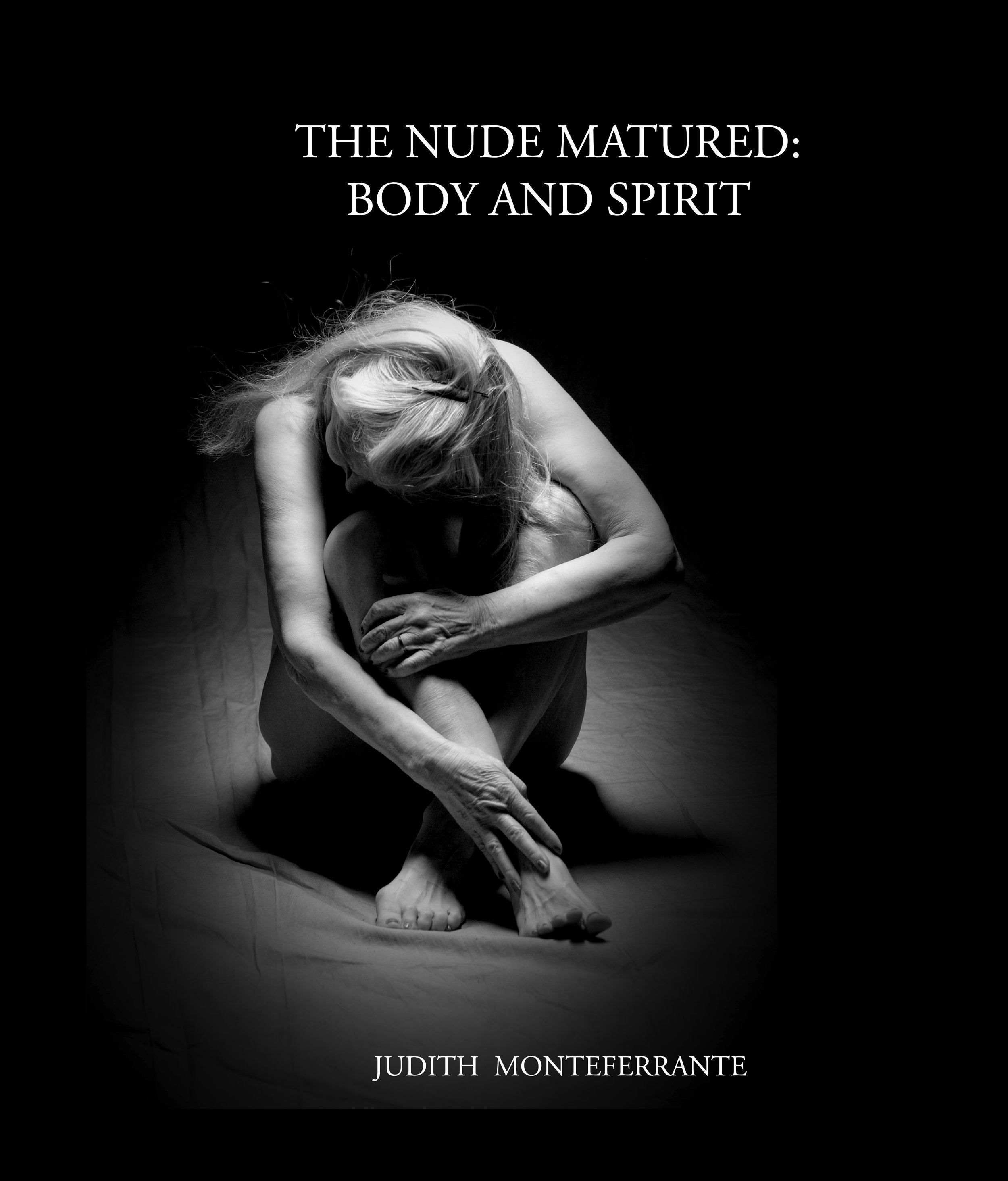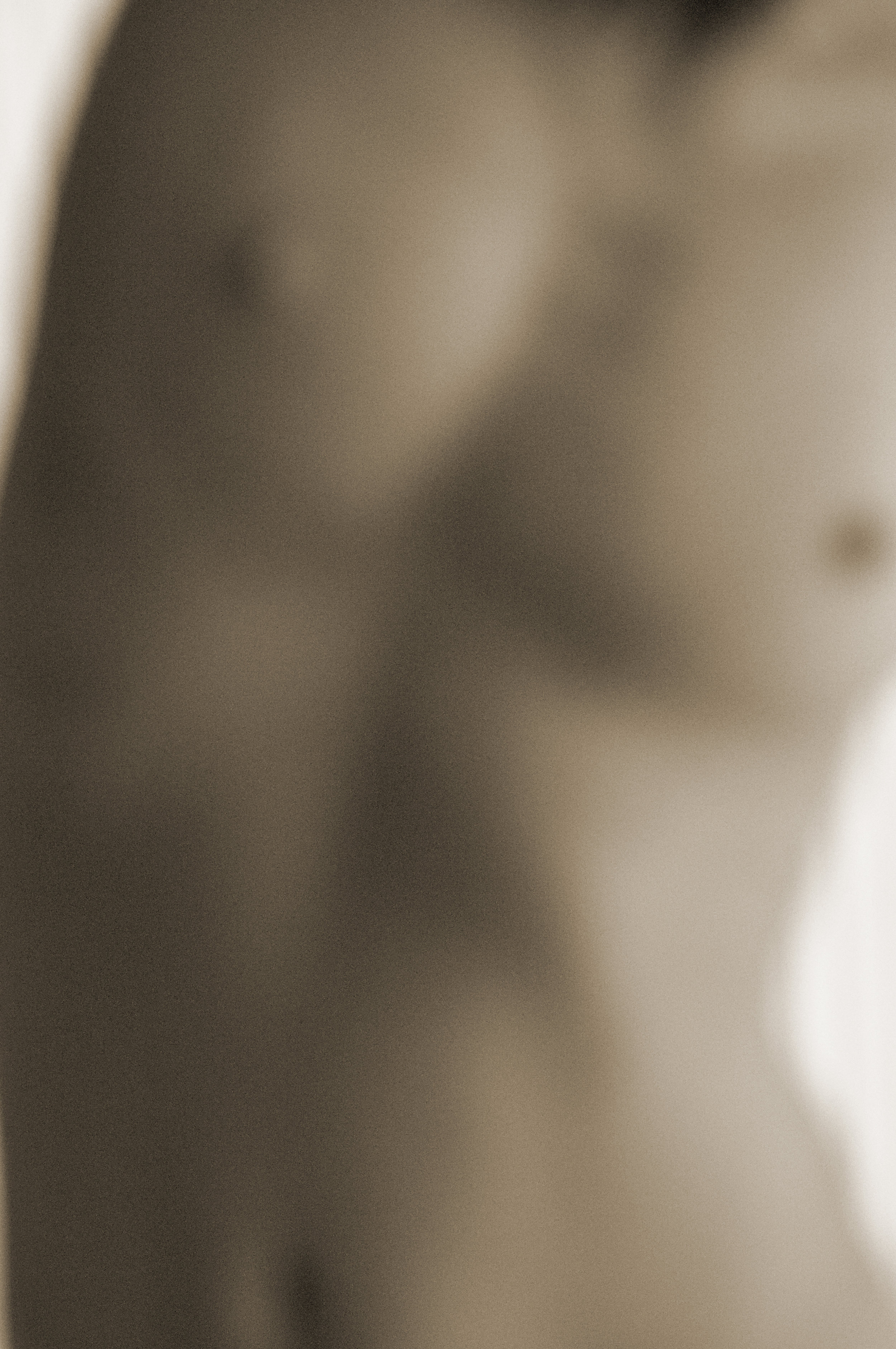Book Review: The Nude Matured: Body and Spirit
© Judith Monteferrante, The Nude Matured: Body and Spirit, Lulu Press Inc. 2017
By Yotam Ponte
Cardiologist and photographer Judith Monteferrante documents the aging female experience in her book “The Nude Matured: Body and Spirit.” Photographing nude, aging women, Monteferrante attempts to portray them as accurately and truthfully as possible, highlighting their beauty and grace.
The book is filled with black and white photographs of women over 50 years old. The women are put on display and their forms are heroed by stripping them of their color. Photographs of these women in different poses and positions demystify the nude and aging female form and allow for its appreciation.
© Judith Monteferrante, The Nude Matured: Body and Spirit, Lulu Press Inc. 2017
One of the very first photographs in the book shows a woman sitting on a stool, framed from the neck down. Her arm is at her waist and every wrinkle in her skin and fold in her body is exposed. She is made vulnerable by sitting as every imperfection in her body is unveiled, but what this image does is embrace these imperfections—literally putting them on a pedestal—and placing them in the context of art. Another image, very similar to this one, appears later in the book, serving the same purpose of examining the candid nature of the female nude and emphasizing its beauty.
© Judith Monteferrante, The Nude Matured: Body and Spirit, Lulu Press Inc. 2017
Accompanying the photographs are quotes by these very women expressing their thoughts on their bodies, themselves, and the concept of aging. “It is the same as being born beautiful. So little is expected of you. You can do, wear, think, and eat whatever you please,” says one of them. This idea explains the main concept of the book, that aging is not beauty through perfection but beauty through freedom, carefreeness, and the natural. Images of the female nude with flowing gray hair sitting on their knees focuses on this beauty that arises out of the freedom in aging.
© Judith Monteferrante, The Nude Matured: Body and Spirit, Lulu Press Inc. 2017
Photographs of women laying on their sides push forward the fat in their nude forms and position them in ways that are traditionally considered unflattering. Other photographs show close-ups of breasts and waists—body parts that are often sexualized in women. The book challenges the conceptions of beauty in our modern society by photographing what is traditionally unappealing, and transforming it into art. In fact, some quotes in the book discuss the hypocrisy in the way men are judged on wealth and power whereas women are judged on their looks with the pressure to appear young—often having cosmetic surgery advertising targeted at them promising to “fix signs of aging.”
© Judith Monteferrante, The Nude Matured: Body and Spirit, Lulu Press Inc. 2017
This idea of fixing aging—a natural aspect of life—is viewed as problematic by portraying the elegance of nature and photographing these naked women with flowers and branches. The flowers and branches accompanying the women maintain the motif that aging is natural and nature is beautiful; it does not need to be fixed.
While the society spends its time striving for perfection, perfection is unachievable. This book proves that perfection doesn’t correlate with beauty, freedom does. The theme is well delivered, though it would have been enlightening to see the vulnerability that some of these women might have experienced while being photographed. The overbearing levels of comfort and confidence while being photographed in the nude, flaws and all, seemed a little unnatural - ironic to the otherwise nature-themed series. Regardless, the book did a phenomenal job in exploring their candidness and imperfections in the context of our society.












